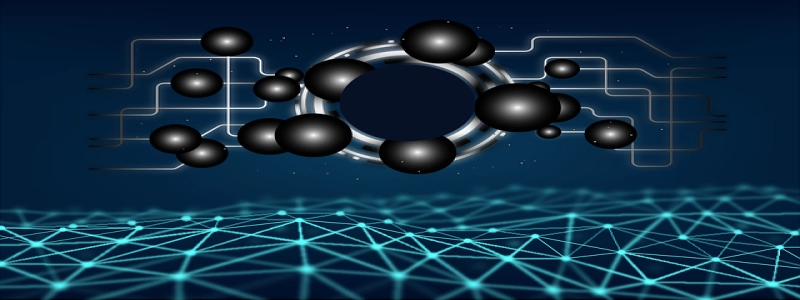Ethernet to Fiber Optic Media Converter
Introduction
In the world of networking, the need for faster and more reliable communication has become crucial. Ethernet, a widely used technology for local area networks (LANs), has been the go-to protocol for data transmission. However, as networks grow larger and distances increase, the limitations of Ethernet become apparent. This is where the Ethernet to Fiber Optic Media Converter comes into play.
What is an Ethernet to Fiber Optic Media Converter?
An Ethernet to Fiber Optic Media Converter is a device that allows you to connect Ethernet-based devices with fiber optic cables. It acts as an interface between the two different types of media, converting the electrical signals used by Ethernet into light signals used by fiber optics. This conversion enables communication over much longer distances and at higher speeds than traditional Ethernet alone.
Benefits of Ethernet to Fiber Optic Media Converter
1. Extended Distance Coverage: One of the significant advantages of using an Ethernet to Fiber Optic Media Converter is the ability to extend the reach of Ethernet networks. While standard Ethernet has limitations in terms of distance, fiber optic cables can transmit data over much longer distances without any degradation in signal quality. Using a media converter, you can connect devices located several kilometers apart, making it ideal for large-scale networks.
2. Increased Bandwidth: Fiber optic cables have a significantly higher bandwidth capacity compared to traditional Ethernet cables. By using an Ethernet to Fiber Optic Media Converter, you can tap into this higher bandwidth potential and enjoy faster and more reliable data transmission. This is especially essential for bandwidth-intensive applications such as video streaming, cloud computing, and large file transfers.
3. Enhanced Security: Fiber optic cables provide a more secure means of transmitting data compared to traditional copper-based Ethernet cables. Fiber optics are less susceptible to electromagnetic interference, making them extremely hard to tap into. This added security makes Ethernet to Fiber Optic Media Converters suitable for applications requiring sensitive and confidential data transfers.
How does an Ethernet to Fiber Optic Media Converter work?
An Ethernet to Fiber Optic Media Converter typically consists of two ports – one for the Ethernet connection and the other for the fiber optic connection. When a packet of data comes in through the Ethernet port, the media converter receives the electrical signal and converts it into a light signal. The light signal is then transmitted over the fiber optic cable to the destination device. At the receiving end, another media converter converts the light signal back into an electrical signal, which the Ethernet device can understand.
Conclusion
As networks continue to expand and distances become a challenge, the Ethernet to Fiber Optic Media Converter is a critical component in ensuring seamless connectivity. By bridging the gap between Ethernet and fiber optics, this device allows for extended distance coverage, increased bandwidth, and enhanced security. For organizations looking to future-proof their networks and improve overall performance, investing in an Ethernet to Fiber Optic Media Converter is certainly a wise decision.








